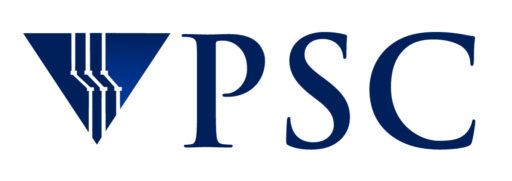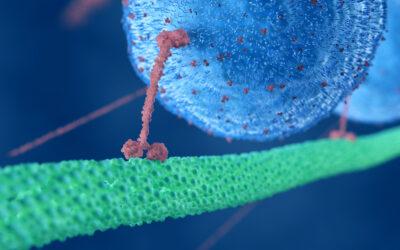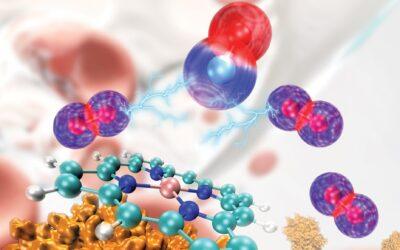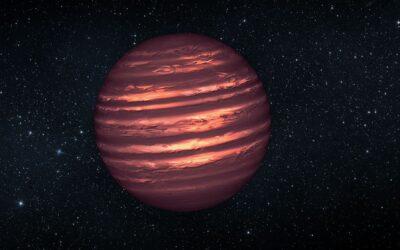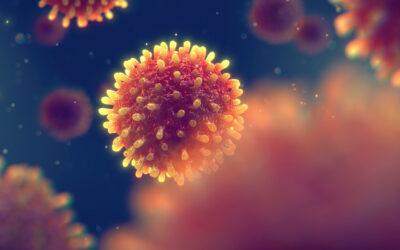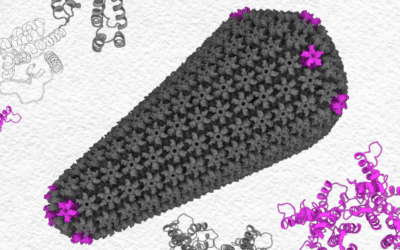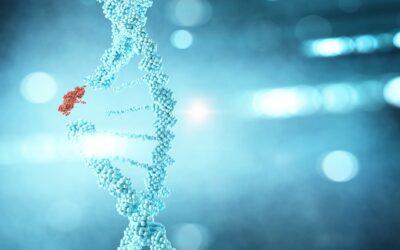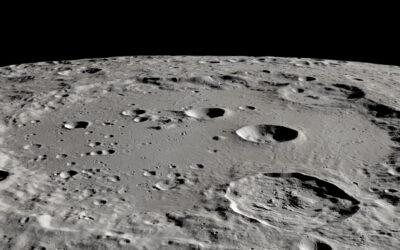Science Highlights
Research conducted and supported by PSC computational resources, educational programs, and staff expertise
High School Students Study Nanotechnology, AI Heart Disease Detection Using Bridges-2
Unique Program at North Carolina School of Science and Mathematics Introduces Students to High Performance Computing
Corrected Numbers Allow Accurate Simulation of Oxygen Kicking Carbon Monoxide out of Hemoglobin
AI-Derived Parameters and Simulations on PSC’s Flagship Bridges-2 Offer Therapeutic Target for Carbon Monoxide Poisoning
Team Identifies, Finds Age of Three Brown Dwarfs in Outskirts of Our Galaxy
Study of Substellar Objects Using Bridges-2 Sheds Light on Globular Cluster Age and Early Development of Universe
Anton Simulations Flag How Hepatitis Virus Enters Cell Nucleus
“Tucking In” of Viral Capsid Protein Allows Passage of Giant Structure through Nuclear Pore, Allowing Virus to Take Over
Bridges-2 and AI Analysis Identify DNA Sequences Carrying Risk of Childhood Sudden Death
Number and Type of Mutations Relate to Risk of Death at Earlier Age, Suggesting Focus for Future Detection and Prevention
Simulations on Bridges-2 Teach AI Program to Prevent Buckling or Breaks in Railways
HIV Protein Switch May Help Virus Squeeze into Host Cell Nucleus
Simulations on Bridges-2 Help Pitt Team Visualize Rare, Transient Shape Change in Capsid Protein
Large-Scale Evolution Simulations on PSC’s Neocortex Tackle Questions about Hypermutator Evolution
Vastly Expanded Populations Allowed by Wafer-Scale Engines Help Pinpoint Factors that Can Allow Hypermutators to Take Over
Bridges-2 Simulations Show Impact of Rocket Exhaust Water on Moon’s Ice Reservoirs
Previous Missions Did Not Add Significant Amounts, But Future Landers May Contaminate Lunar Water
Anton Studies Reveal Blood Vessel Response to Mechanical Force
G Protein-Coupled Receptor Triggered by Tension as Well as Chemical Signals, Helping to Regulate Blood Pressure
